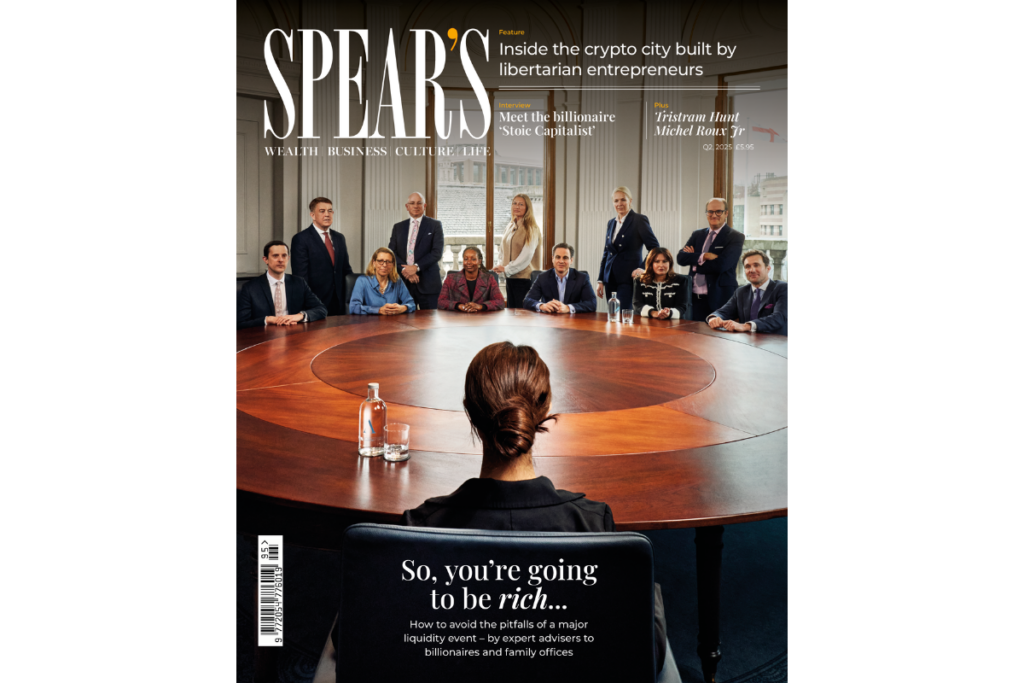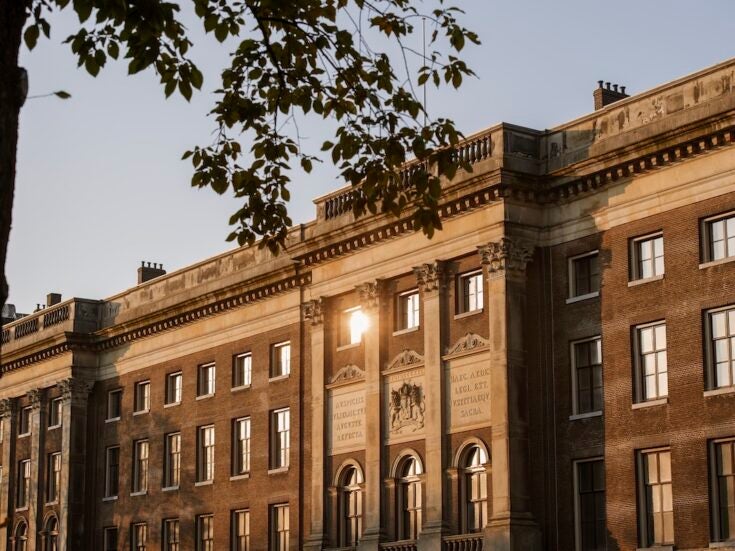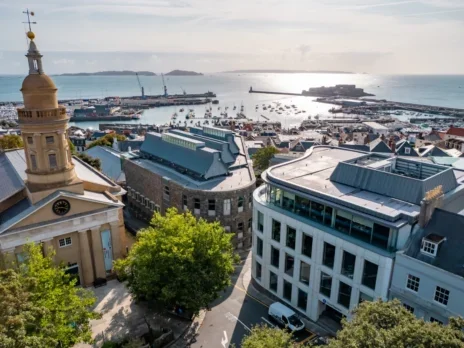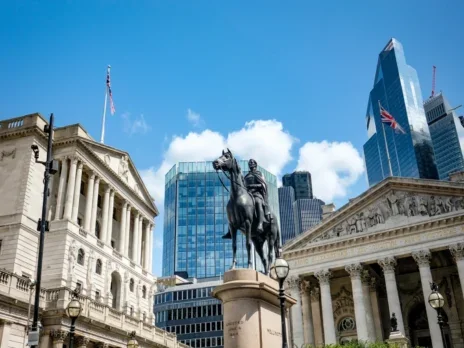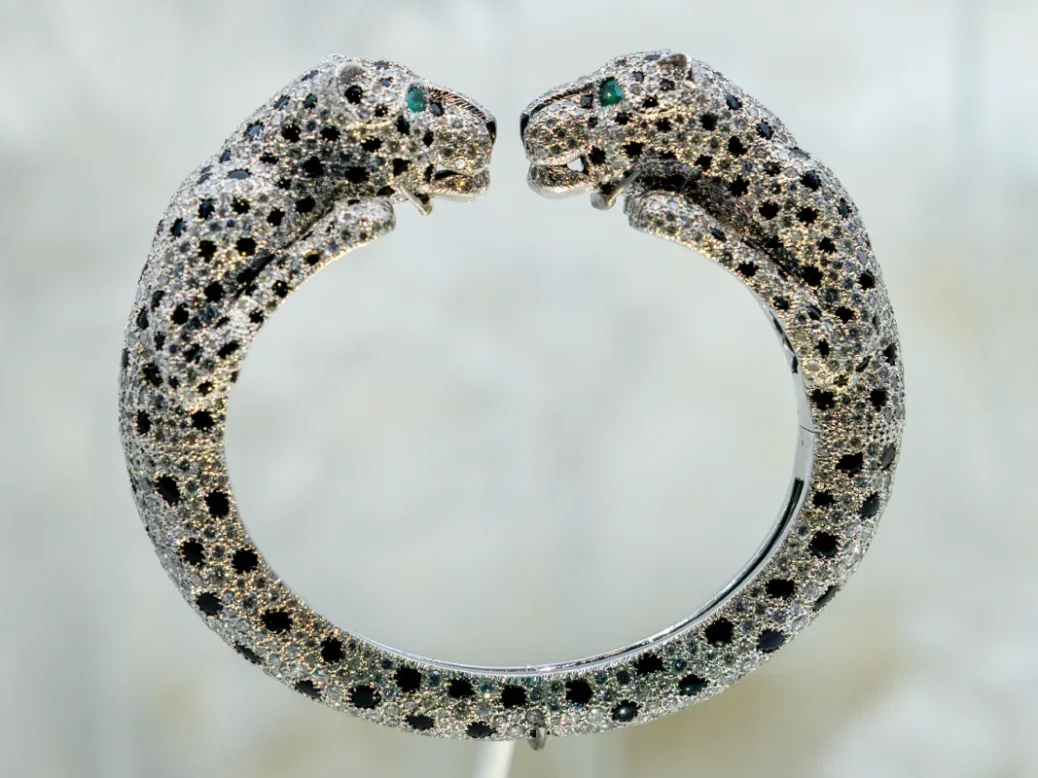
In my eight years as director of the V&A, we’ve had some memorable subtitles for exhibitions. For Christian Dior in 2019 it was ‘Designer of Dreams’; for Coco Chanel in 2023 it was ‘A Fashion Manifesto’. (On the other hand, our suggestion for a planned Monty Python exhibition, ‘From Dali to Dead Parrots’, didn’t go down so well. That one ended up not going ahead at all.) With the upcoming Cartier exhibition – it’ll be the first in this country for 30 years when it opens on 12 April – we have taken a minimalist approach. It is called, simply: ‘Cartier’. The power of the name, and of the brand, is magnificent.

From Manchester Duchesses to Maharajas
The exhibition begins with the great Manchester Tiara, which is in the V&A collection and was commissioned for Consuelo, Dowager Duchess of Manchester, an American heiress and noted beauty, who came over to this country and married the man who would become the Duke of Manchester. She supplied over 1,000 brilliant-cut diamonds and more than 400 rose-cut diamonds herself, with Cartier providing even more rose-cut diamonds for the final piece. It is spectacular.
[See also: Noughties but nice: Boujis team’s Gallery leads new wave of London nightclub]
Of course, there is the immersive beauty and wonder of the jewellery. But whether our curators are applying their expertise to fashion, jewellery, pop music, or one of our more esoteric exhibitions, the level of scholarship is always absolutely rigorous. In the tiara, a single object, you also have the story we’re trying to tell in microcosm: of the House of Cartier and the three brothers who go to London, Paris and New York – and of the globalisation of wealth in the early 20th century. If we are living through another Gilded Age now, for better or worse, you can see the transnational movement of people and capital back then is echoed in the world today.
[See also: Introducing Spear’s Magazine: Issue 95]
Another facet of the exhibition is the global story of appropriation and appreciation. Cartier has long been influenced by a diverse range of design traditions. Take the famous leopard motif and amazing feathered jewels, which feel very Mughal. Then there’s the geometric designs and latticework, which may have Islamic influences. For good measure there’s also a bit of Orientalism and a sort of exoticism. It was all part of the story.
Today we can be quite jumpy about the European use of design that originated elsewhere. But in the early 20th century that wasn’t the case at all, possibly because some of the most important markets for these pieces were in the countries that inspired them. So if there was ‘appropriation ’of certain design motifs, then it was often appreciated with affection. The Maharajas, for instance, were great patrons of Cartier.
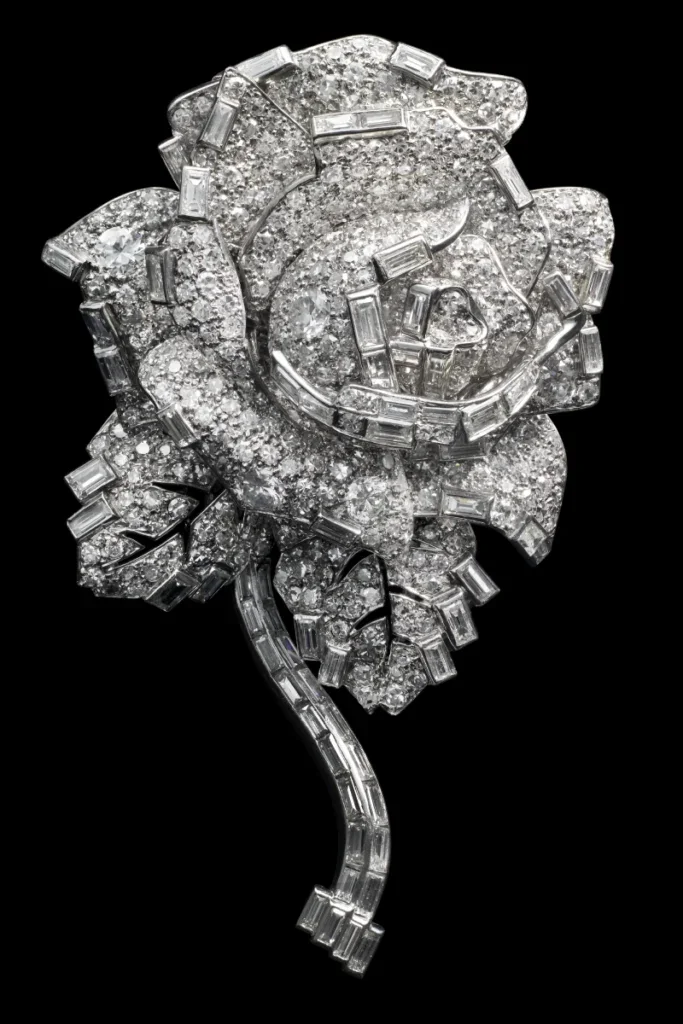
Of course, we have to be aware of the power dynamics that might have been at play in some instances of cultural appropriation. The European designation of African “primitivism” in the 1960s, for example, is one where it feels deeply problematic. But denying the mixing of traditions and ideas is not the answer.
A very British funding model
In many ways, the V&A has always been characteristically British. Today that extends to our funding model too; we sit between the US and Europe. On the continent there’s much greater reliance on state funding, which is helpful in some respects, but also means there can be significant political control of museums. Fortunately, we don’t have to deal with that. In America, museum directors spend much of their time on the stewardship of donors and trustees. We have donors too, but they don’t demand a seat on the board as their American counterparts are wont to do.

At the V&A we get 40 to 45 per cent of our funding from the state and the rest is self-generated, through retail, catering, memberships – and donations. We have a network of high-net-worth individuals who give regularly, and we also receive one-off philanthropic gifts for galleries, capital projects and exhibitions. Our supporters are very, very generous.
However, we face a problem. Many of London’s wealthy people are restless at the moment, with some wondering if it’s the right place for them to be for the long-term. It’s inevitable that if their ties with London diminish, they will be less likely to give to the museum. But it is clear that cultural institutions are a crucial part of the civic ecology of a city. And when social media is heating up, politicians are fighting culture wars and traditional sources of news and information are less trusted than they were, who can help navigate the complicated issues of history, society, race and so on? Having well-funded, ambitious civic spaces is absolutely critical.
And so that, dear Spear’s reader, is the pitch: come to the V&A to see our spectacular collections, galleries and exhibitions. Wonder at the objects. Draw inspiration from them. And, if you can, consider supporting our civic mission too.
This article first appeared in Spear’s Magazine Issue 95. Click here to subscribe
